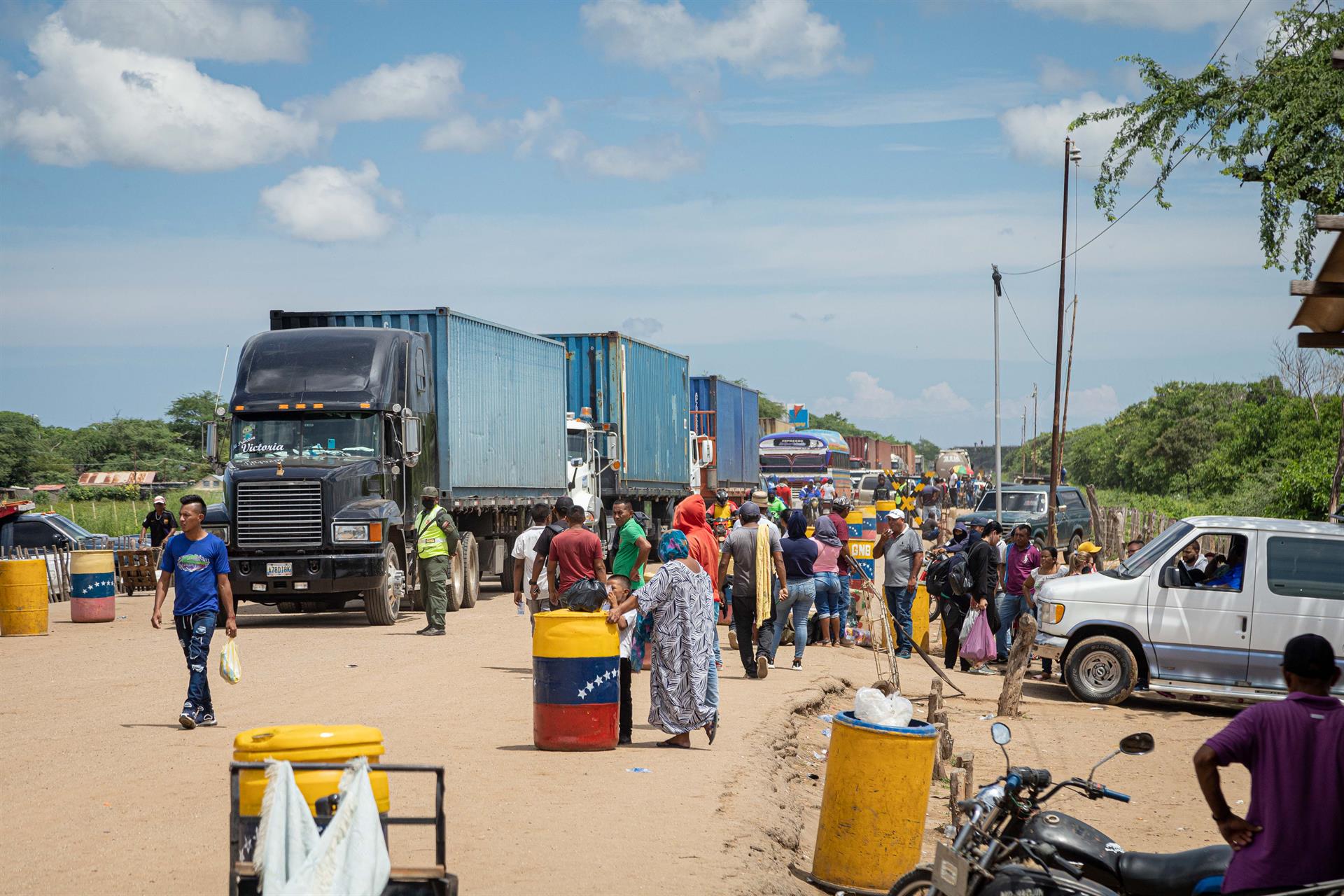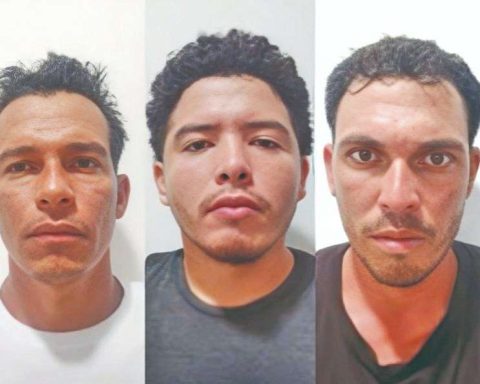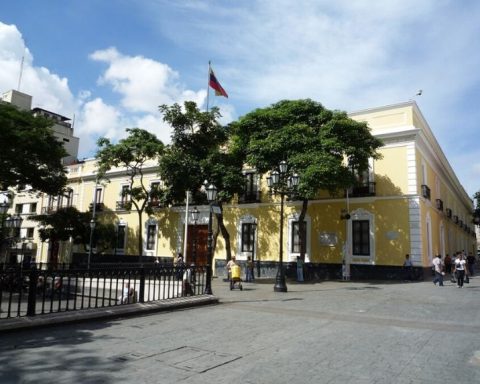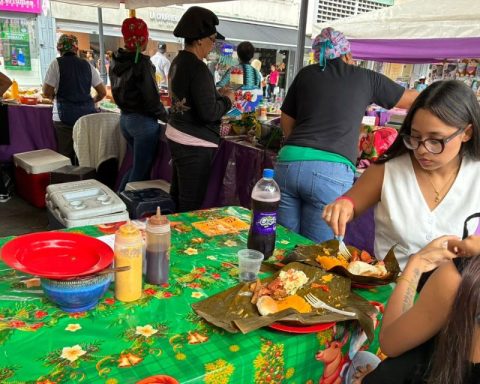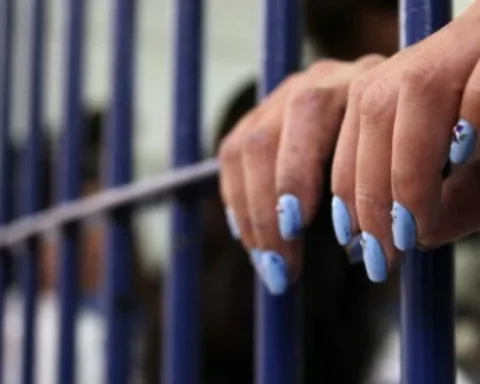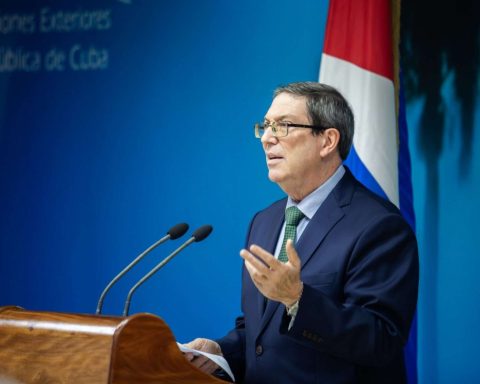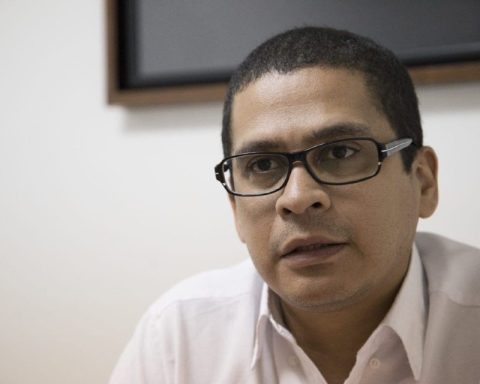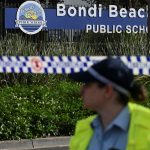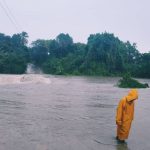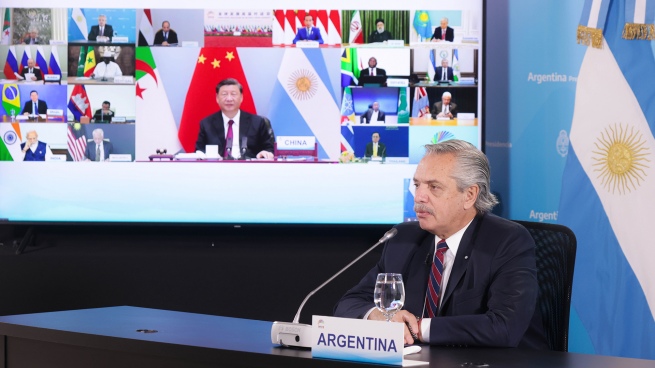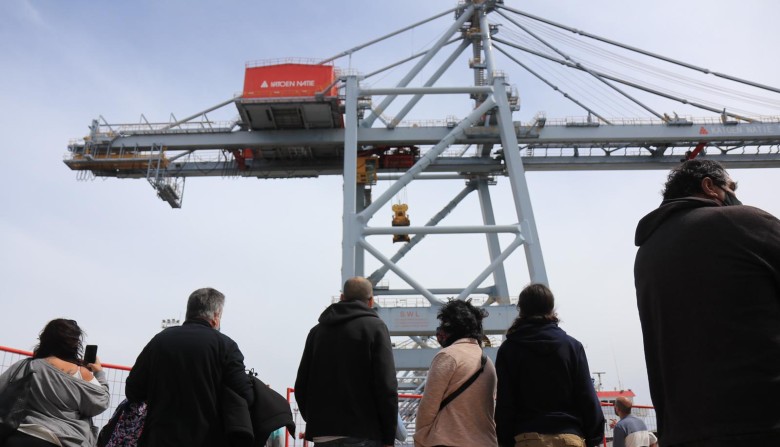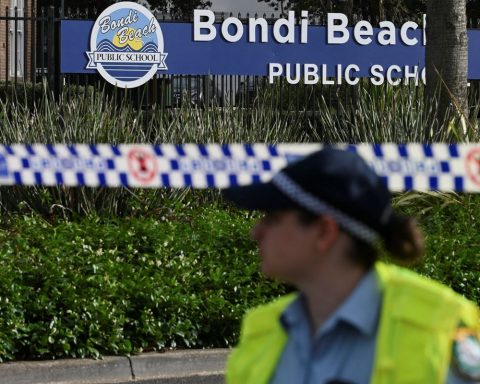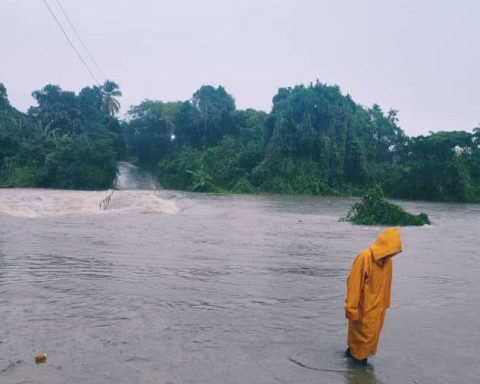The reopening of the Colombian-Venezuelan border gave this Monday a new beginning to relations between the two countries, which lasted more than five years in a critical state and are now beginning to see the fruits of the overturn promoted by the Colombian president, Gustav Petro.
In a chaotic act and under the inclement sun of the border region, Petro shook hands with the governor of the state of Táchira, Freddy Bernal, and the ministers of Transport and Industry, Ramón Velásquez and Hipólito Abreu, and declared that trade in the Simón Bolívar international bridge, the main border crossing between the two countries.
However, neither the president nor Venezuelan officials gave many details about what the daily truck traffic will be like. This Monday only four passed on one side and four on the other, and what happens from Tuesday is a complete unknown.
Venezuelan Hermeticism
Once again, secrecy reigned on the Venezuelan side. The people who seemed to be in control of the matter did not give details about the authorities that would participate and practically nothing related to the act. Instead, they repeated that “everything can change at any moment” as it was a “presidential activity.”
And it is that until the last minute there was speculation about the possible assistance of Nicolás Maduro, in the celebration, a hypothesis that, judging by the hundreds of deployed security officials, could be true, until the Ministers of Transport and Industry started over the bridge.
Along with them, Governor Bernal and the superintendent of the Seniat, José David Cabello, a quartet of gentlemen dressed in white who walked smiling along the Simón Bolívar until they met Petro and the entire entourage that accompanied him from the Colombian side.
The hubbub was already implanted in the Venezuelan trench, since hundreds of people were accommodated very early along the road that leads to the bridge, over customs and to the border with Colombia, with which Chavismo ensured a cheering hall of brotherhood and other gestures of support.
The staging was rehearsed no less than 10 times and, even so, the activity was carried out two hours late, which altered the agreed order for the work of a thousand officials, but, above all, the dynamics entry and exit of people in this area, as the pedestrian crossings were closed for much of the day.
While the handshakes took place, the hymns of each country were sung or the trucks passed with their victorious horns, there was always someone crossing the border through the Táchira River, without knowing how many more crossed through some of the 164 kilometers of border that there is between the Colombian department of Norte de Santander and the Venezuelan state of Táchira.
Once the paraphernalia was over, the Venezuelan delegation offered a brief press conference in which it praised Petro and Maduro, without explaining their absence.
Venezuela celebrated the effectiveness of the measure that involves the constant passage of cargo vehicles over these bridges, without any clarity on when binational public transport will resume or, better, the date for citizens to cross with their cars.
Colombian illusion
Despite the fact that Petro’s presence was confirmed in the morning, and he arrived almost two hours late for the event, on the Colombian side the government was giving clues as to what was going to happen and the president was accompanied by a large delegation that included businessmen, three ministers, diplomats and regional officials.
The president, at the press conference after the event, gave an optimistic message, saying that he is confident that the reopening of the border will lead to exports to Venezuela reaching 4,000 million dollars at the end of his government, in 2026. and, in the medium term, to 8,000 million dollars.
Petro believes that both countries should integrate and create “a special area between Táchira and Norte de Santander that is a platform for industrialization, so that the quality of life is general.”
That optimism is also shared by the Colombian authorities and unions, who trust that normalization will be “a new beginning for both countries,” as Carlos Flores, the country’s first driver who brought a truck loaded with medical materials to Venezuela, told Efe. .
However, Petro is aware that there are still many problems on the border, one of which is insecurity marked by the presence of FARC dissidents, the National Liberation Army guerrillas and drug gangs.
“This should result in a qualitative leap in terms of human rights throughout the border, it should result in an increase in the quality of life,” said the president, who also stressed that he will not interfere in the internal affairs of the neighboring country in the midst of the resumption of relations.
